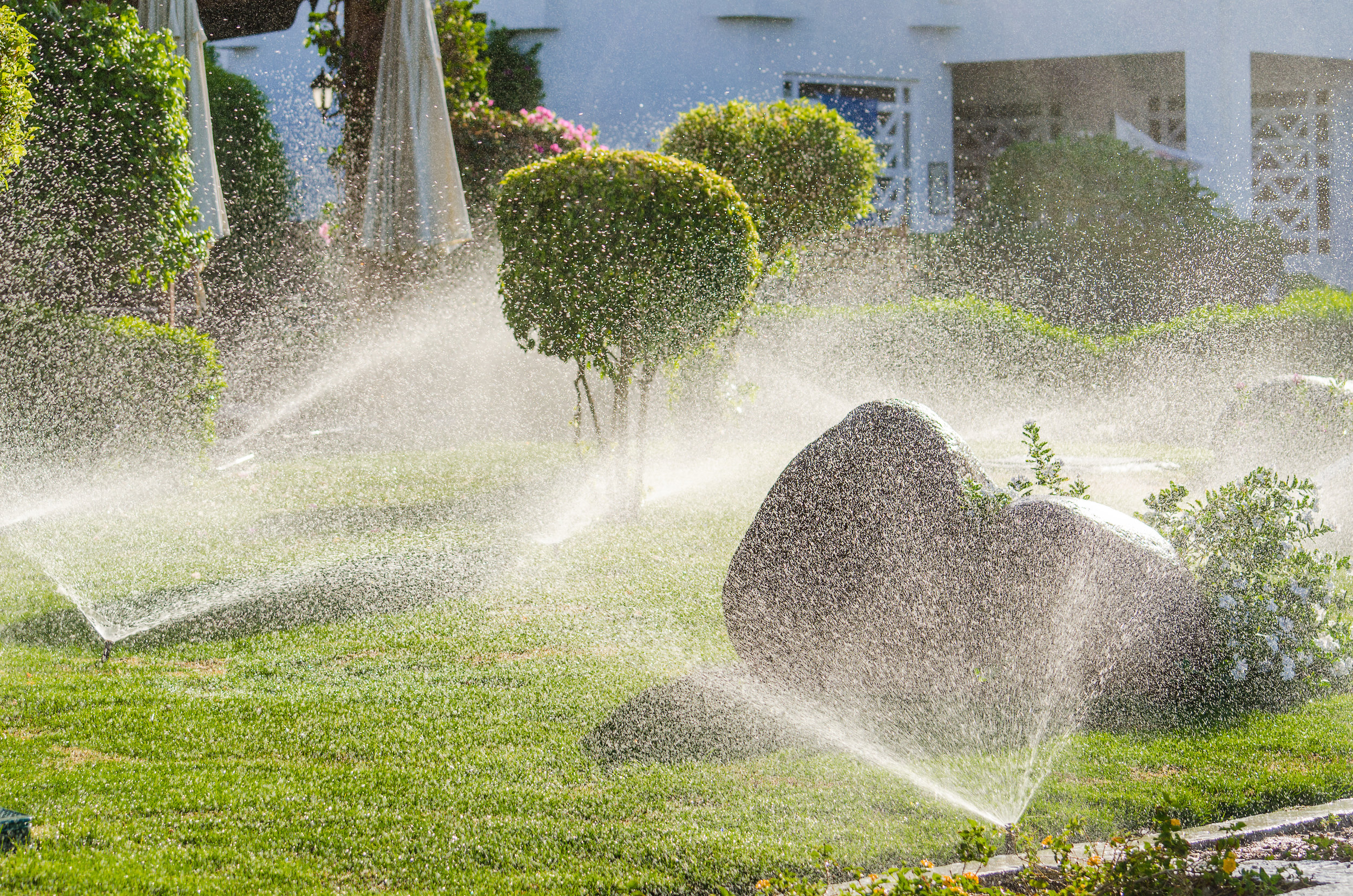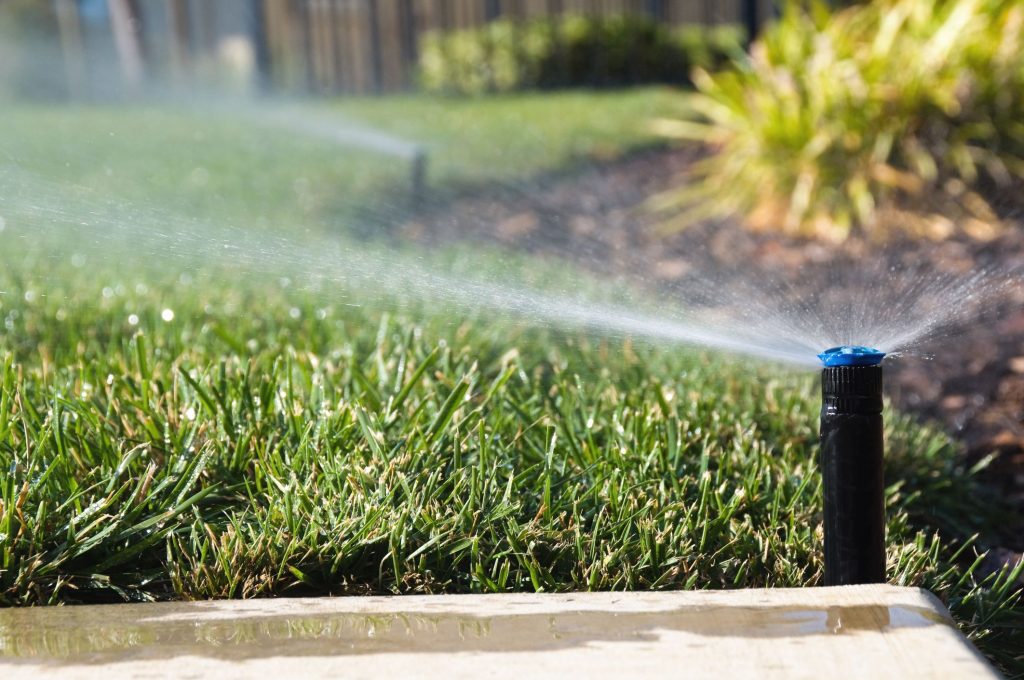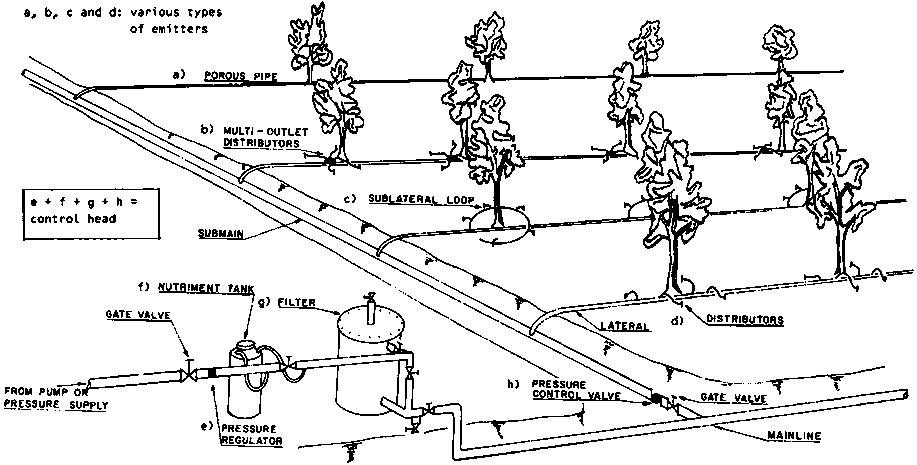Introduction HVAC systems provide thermal comfort and maintain good indoor air quality via sufficient ventilation. More importantly, the quality of

Introduction
Irrigation systems provide supplemental water to ground cover, shrubs, and trees, as required. Also, these systems are used to support environmental mitigations, safety, erosion control, aesthetics as well as stormwater pollution prevention. On the same note, they support planting that helps to maintain the unique visual context of an area and provide human scale within its built or natural environment.
That said, it’s important to design an irrigation system that addresses the uniform application of irrigation in a timely manner. At the same time, the irrigation system design should focus on minimizing losses and damage to environmental & animal resources. More importantly, the design requires adequate knowledge of the field conditions, water, soil, and crop.
Unfortunately, designing and selecting the proper irrigation technology to use can be quite a challenging task. One reason for this is that there is no simple technique that you can follow to create an irrigation design.
Don’t worry though! In this article, we’ll show you various practical methods that you can use when designing any pressure irrigation system. So, read on to find out!

In general, irrigation systems can be classified into 3 categories; localized irrigation, surface irrigation, and overhead irrigation.
Types of Irrigation systems
To start, localized irrigation systems are considered the most efficient technique compared to other methods. Specifically, these systems have a water use efficiency of more than 90%. On the downside, these systems are only suitable for smaller areas and require good water quality. In addition, their maintenance and initial cost are relatively high. Good examples of localized irrigation systems are; sub-drip irrigation, drip irrigation as well as micro-sprinklers.
This type of irrigation system involves delivering water across the ground surface by gravity. In other words, water flows from the upper ends of the land towards the lower part of the fields. At the same time, that water seeps into the ground as it advances.
Compared to other methods of irrigation, surface irrigation systems have a higher labor requirement. In addition, its water use efficiency is quite low, seeing that it is about 55%. On top of that, it’s not ideal for use in sandy soils because of their high rate of infiltration.
That said, examples of surface irrigation systems include; flood irrigation, furrow irrigation, and border irrigation. In general, border irrigation is ideal for most crops, except rice and other crops that need flooding conditions. On the contrary, furrow irrigation is suitable for row crops that only need one part of the land to be irrigated.

Overhead irrigation systems involve methods like pivot irrigation and permanent sprinkler irrigation. The only challenge with this irrigation system design is that its initial investment costs are very high. Other than that, it has higher water use efficiency than other methods like surface irrigation.
Still, on overhead irrigation, it’s worth mentioning that there are 3 main kinds of sprinkler irrigation systems. That is; self-move/ continuous, fixed, and periodic move systems.
As the same suggests, fixed sprinkler systems include a solid set of permanent/ portable pipelines. More importantly, these systems have enough sprinklers and laterals. For that reason, you don’t need to move them around to complete irrigating the field. In most cases, this technique is mainly used on cranberries and blueberries, both for frost control and irrigation.
Periodic move irrigation systems, on the hand, involve end tow laterals, hand-move laterals, and side roll laterals. In addition, they consist of gun-type sprinklers, perforated pipes, hose-fed laterals, and boom sprinklers. In California, these systems are mainly used on vegetable crops.
Lastly, self-move (continuous) systems include traveling gun sprinklers, center pivots as well as linear move laterals.
Pressure for sprinkler irrigation systems
In most cases, pressure for sprinkler irrigation systems is provided by electric/ diesel or gasoline-powered pumps. If the irrigation system is operated and designed properly, you can obtain a water use efficiency of around 50 to 95%. However, that will depend on the management, cultural practices, and type of sprinkler system.
Poor management practices like applying too much water or irrigating too soon are the major cause of reduced water use efficiency. Also, the following factors can cause system losses as well;
To solve the issue of runoff losses, design the irrigation system in a way that applies water at a lower rate than the maximum rate of soil infiltration. In addition, using systems that apply water within or below the plant canopy will help to reduce most evaporation and wind drift losses.
Irrigation Flow Rate
Flow rate is another important factor you need to consider to ensure the proper management and design of an irrigation system.
By definition, the flow rate is the rate of applying water in localized and overhead irrigation systems. More importantly, it’s either expressed in units of gallons/min or m3/hr.
To reduce runoff and soil erosion, the irrigation system’s flow rate should not exceed the rate of soil infiltration. Specifically, the minimum irrigation flow rate should be calculated with the following formula;
Q=A(Field Area) X D (The crop’s maximum water requirement)X F/t.
t refers to the duration of irrigation available per day in hours. While F=10, when the field area is in hectares and maximum water requirement is in millimeters. But when the field area is in acres and the maximum water requirement is in inches, F=452.57.
Final Words
To learn more about Irrigation System Design for your field in California, contact Innodez Design & Engineering. Our certified irrigation system designers will help you create an optimum system for your project. They will ensure that the design meets the specific needs of your project based on water use requirements and availability.
It was informative when you talked about how localized irrigation systems are considered to be the most efficient technique. Would it be important to make sure that irrigation systems are installed on a slight incline? It seems like a slight incline would prevent water from pooling up when a yard or field is being watered.